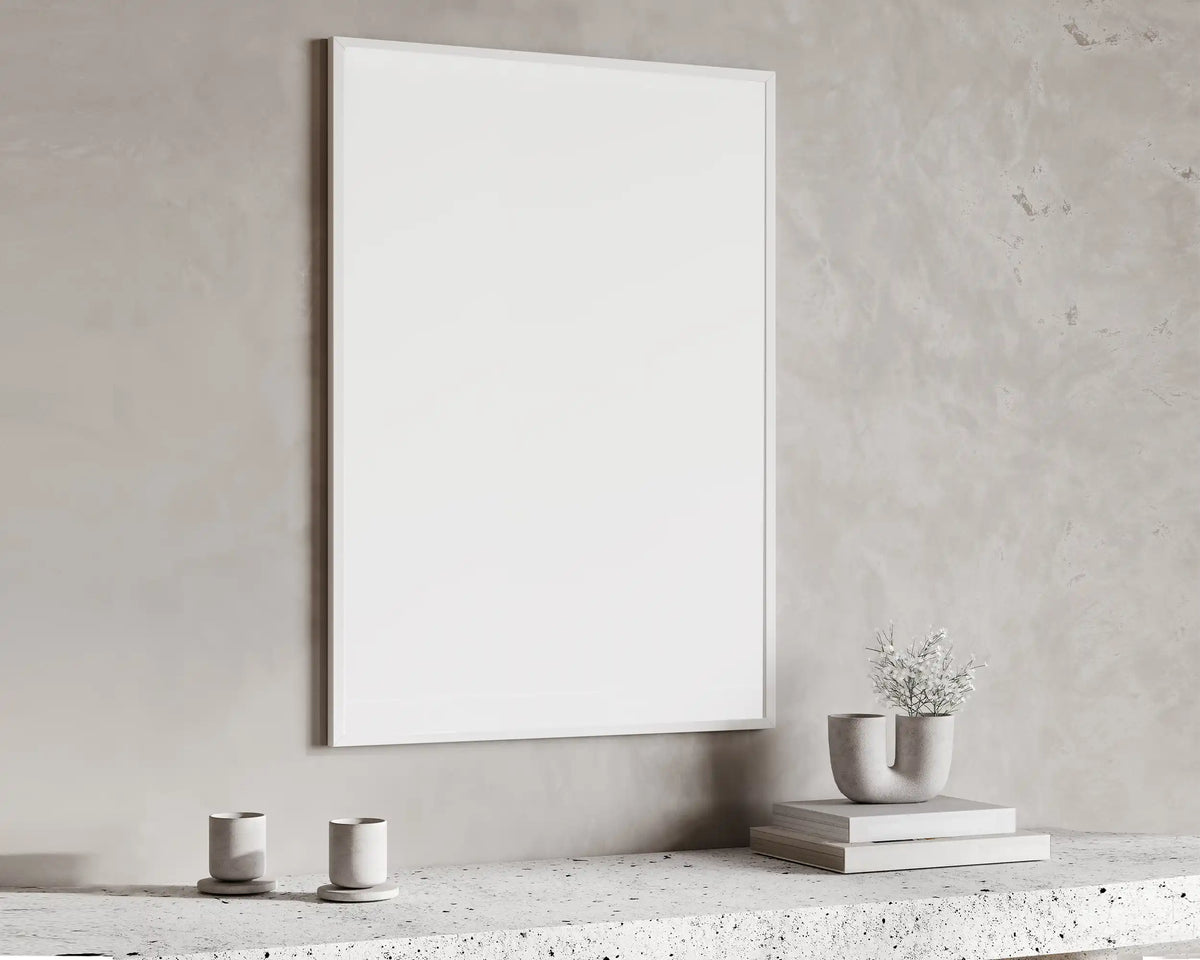The Best Choice of Infra-Red Panels in the UK
Whether you’re looking for a single Infra-Red heating panel to dial-up the tactical heat in your home or spare room., or you’re looking for a complete retrofit of your property because you’re getting rid of your boiler or Economy7 storage heaters, you’ve come to the right place. We have an unequalled range and choice of Infra-Red panels of all sizes and powers. From portable panels, through ceiling mounted panels that distribute warmth around the room, to mirror and towel heaters for the bathroom we offer exceptional value for money for plug-and-play sustainable heating for your home.
For more information check out our blog: What Size Infrared Heaters do I need?

IR Heating: Enhancing Health & Well-Being
Experience the natural and soothing warmth of infrared heating, designed to improve comfort, support respiratory health, and promote overall well-being.

FAQ
Commonly asked questions
Infrared heating offers a unique and energy-efficient way to achieve comfortable warmth. Unlike traditional heaters that warm the air, infrared heaters utilize invisible electromagnetic waves which is similar to the sun's heat we feel on our skin.
Key features of infrared heating:
- Targeted warmth: Heats objects and people directly, providing a more focused and localized heating sensation.
- Energy efficiency: Minimal heat loss compared to traditional systems since hot air CANNOT escape, potentially leading to lower energy bills.
- Safe and comfortable: Uses non-ionizing radiation, similar to sunlight, and delivers a gentle, radiant warmth.
Common applications of infrared heaters:
- Home heating: As a supplemental or primary heating source, particularly in well-insulated spaces.
- Spot heating: Ideal for creating warm zones in workshops, garages, or drafty areas.
Are infrared panels any good? Are infrared panels worth it? The short answer is yes! Infrared panel heaters ditch the traditional air-warming approach. They leverage electromagnetic waves, similar to the sun's warmth, for direct heating for a more comfortable and healthy warmth.
Here's the difference between IR heat and traditional heating systems:
- Targeted Heating: IR waves warm objects and people directly, reducing wasted energy heating empty air.
- Energy Efficiency: This translates to potential cost savings on your heating bills.
- Radiant Comfort: Enjoy the comfortable and natural warmth similar to sunshine.
Infrared heating panels are 100% safe when used as intended. It is safe and well-understood technology and like any other heater, infrared or otherwise, the necessary precautions must be taken.
- Follow installation instructions: Ensure proper positioning and clearance from surrounding objects.
- Maintain a safe distance: Especially for children and pets, to avoid excessive direct contact.
While infrared heaters offer a radiant and targeted approach to warmth, their running costs can vary depending on several crucial factors:
- Energy Consumption: Infrared heaters boast high energy efficiency, converting most consumed energy into heat. However, wattage plays a key role, with higher wattage units naturally consuming more electricity.
- Usage Patterns: Strategic use is key. Focusing infrared heat on frequently occupied areas and utilizing them for shorter durations can significantly impact overall energy consumption.
- Climate and Insulation: These factors significantly influence efficiency. Infrared heaters excel in well-insulated spaces and moderate climates. Extreme cold environments might necessitate extended operation, leading to potentially higher costs.
Optimizing Efficiency:
- Right-sizing: Choosing an infrared heater with the appropriate wattage for your space is crucial to avoid over-heating and unnecessary energy use.
- Smart Controls: Thermostats and timers allow for precise temperature regulation and programmed operation, preventing excessive energy use.
There are two things to consider when choosing the right heater that works for you. The first one is to identify your heating requirements.
What you need to consider are the following:
- Space dimensions: Measure the area you intend to heat to determine the wattage needed.
- Primary usage: Consider if the heater will be used for spot heating or as a supplemental heating source.
























